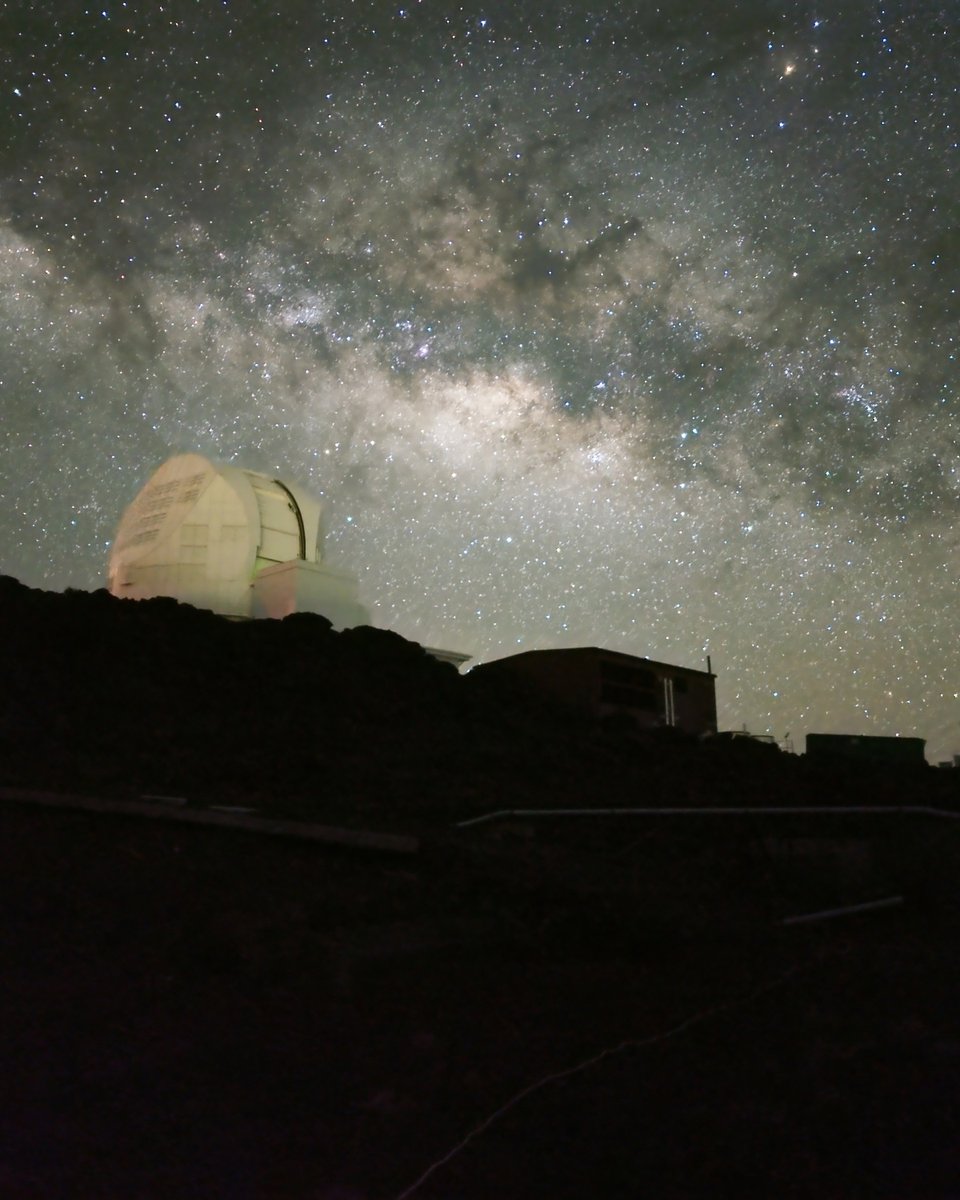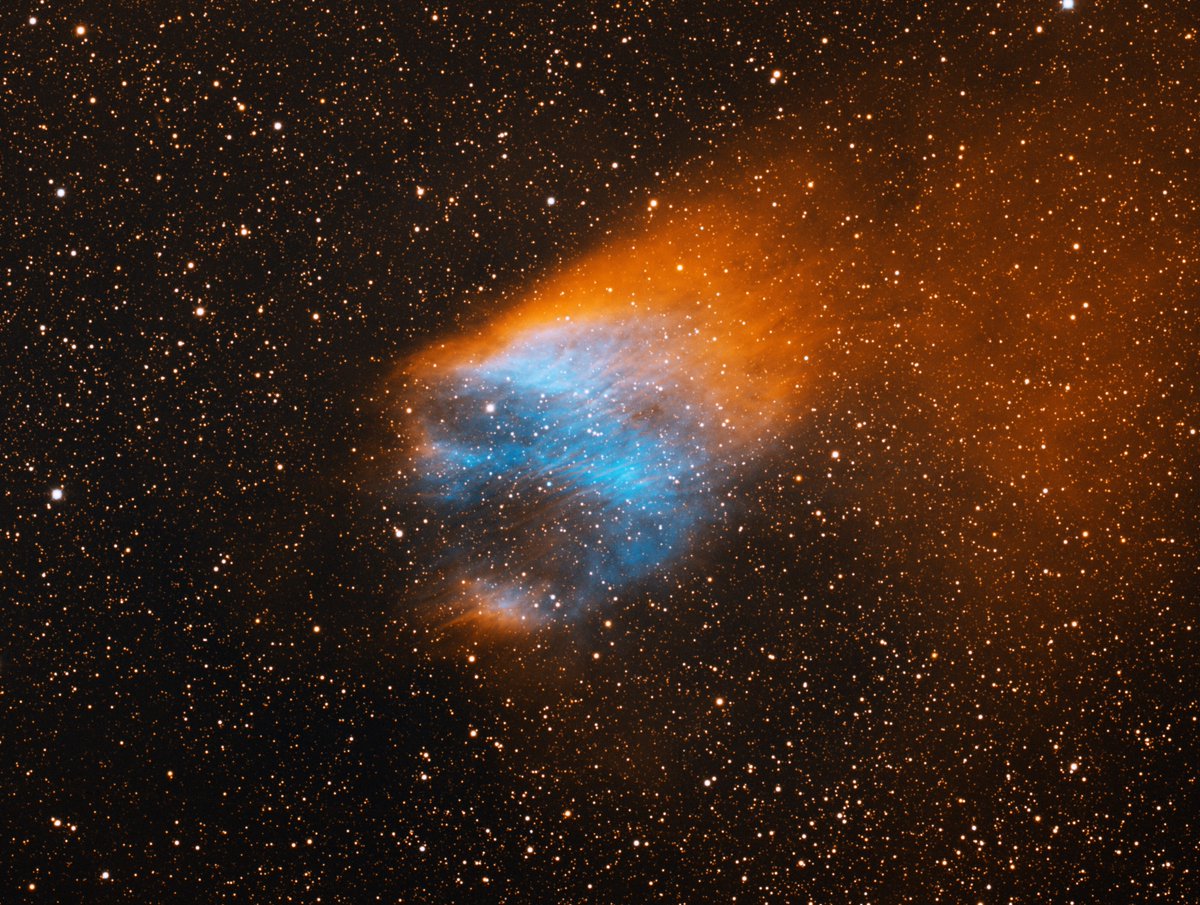
AURA
@auradc
AURA is a leading organization in developing and operating world-class observatories and #astronomy research #science #telescope #astrophysics @NASA @NSF
ID: 107108577
http://www.aura-astronomy.org 21-01-2010 15:39:31
12,12K Tweet
5,5K Takipçi
1,1K Takip Edilen
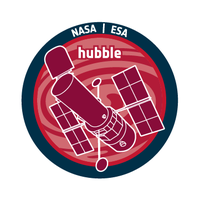



Missed the DRAGONS webinar on Gemini Observatory GMOS long-slit and imaging data reduction hosted by the US NGO last week? No worries! All the materials are now available. Visit our website and find the link to the webinar repository (slides, demos, Q&A). Check them out anytime!



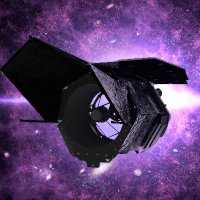
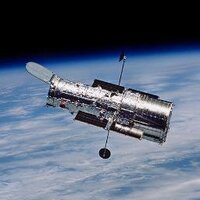



🌟 An Epic Moment at Rubin Observatory 🌟 As the Sun set over Cerro Pachón, the NSF–DOE NSF-DOE Rubin Observatory opened its dome for the very first test run ahead of First Look Observations in May 2025. 🌌 📷 Credit: RubinObs/NOIRLab/SLAC/NSF/DOE/AURA/P. Horálek
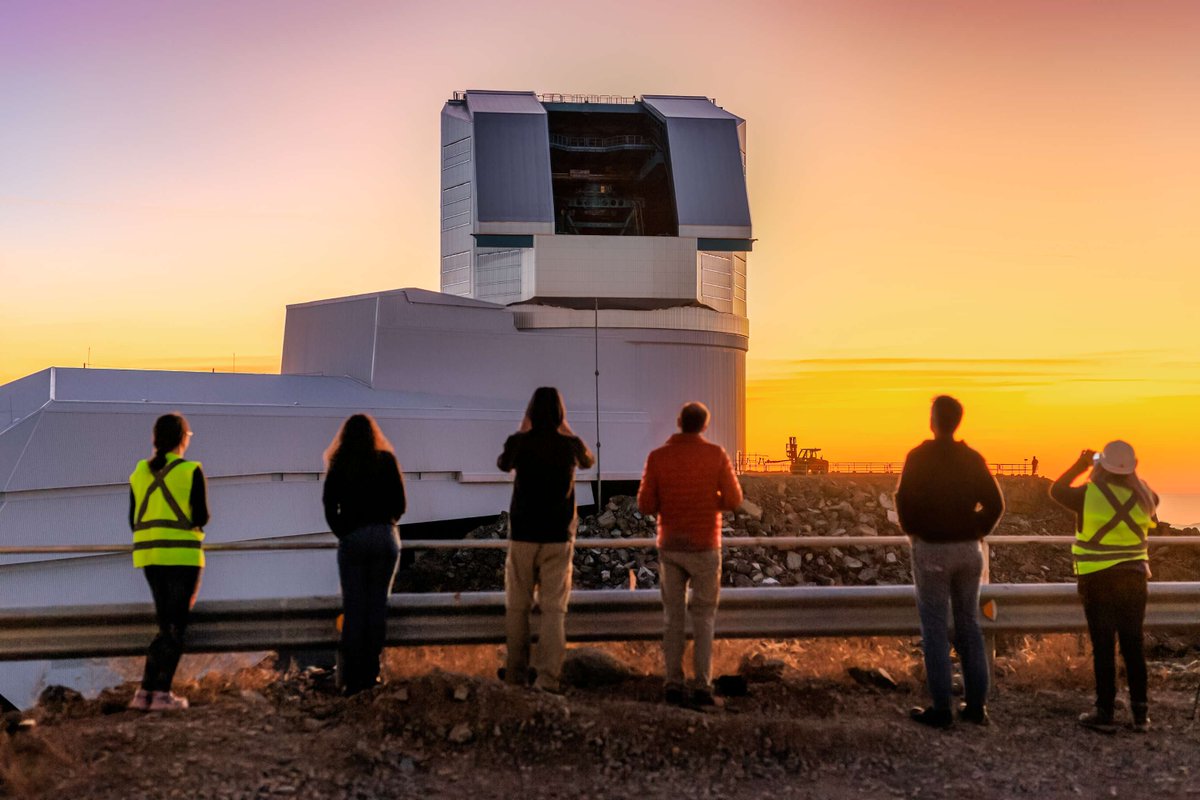



Gemini South, ½ of Gemini Observatory, funded in part by the U.S. National Science Foundation and operated by @NOIRLabastro, finds Hayabusa2’s target asteroid is 3x tinier and spinning 2x faster than previously thought! 🔗: noirlab.edu/public/news/no…



Bringing a whole new meaning to "remote work" 👩💻 NSF–DOE Rubin Observatory sits stop Cerro Pachón in Chile, but we have remote observing locations in Chile and the US! Read about how the control room SLAC will help enable Rubin to #CaptureTheCosmos: rubinobservatory.org/news/slac-cont…


The NSF-DOE Rubin Observatory control room at @SLACLab is a critical real-time operational station directly connected to the observatory. Get the scoop on the room where it happens on our blog: noirlab.edu/public/blog/ey… 📸: NSF–DOE Vera C. Rubin Observatory/NOIRLab/SLAC/AURA/A. Pizarro D.
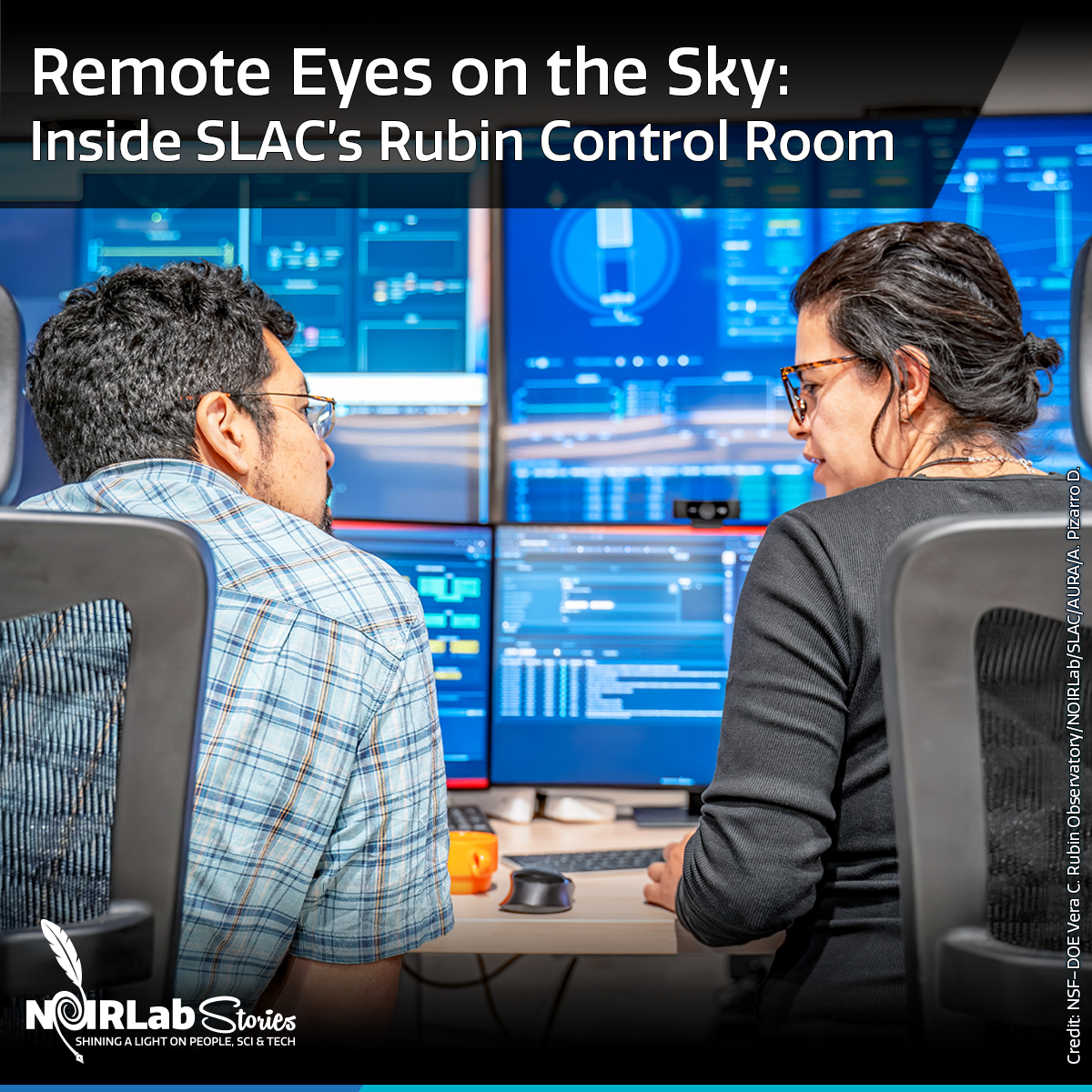

As night settles over Haleakalā, the stars light the sky above the U.S. National Science Foundation Daniel K. Inouye Solar Telescope 🤩🌌 Image taken by NSO team member Anthony Santini, Haleakalā Amateur Astronomers #Astronomy #InouyeSolarTelescope #Haleakalā
